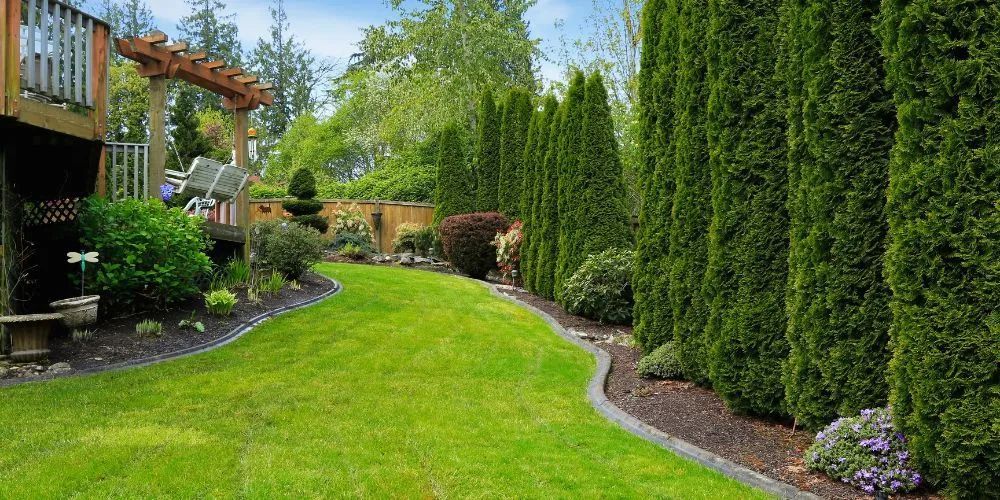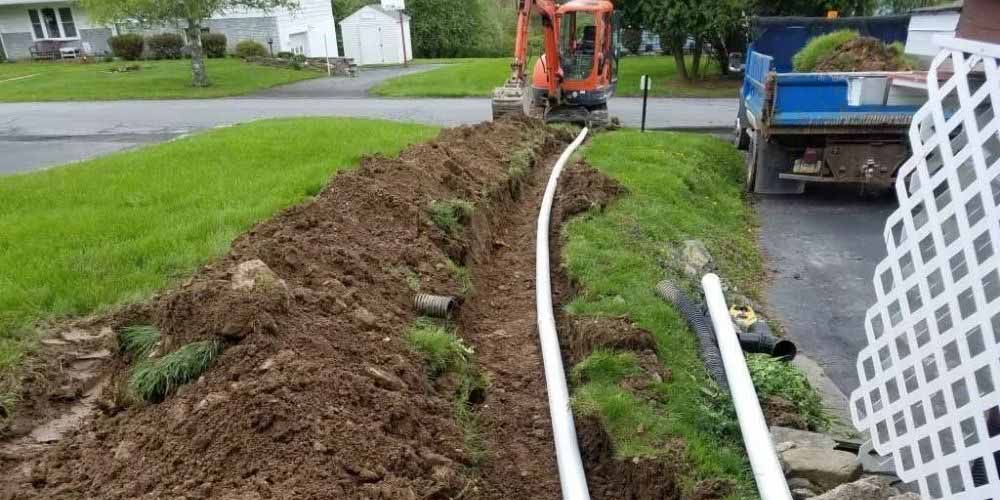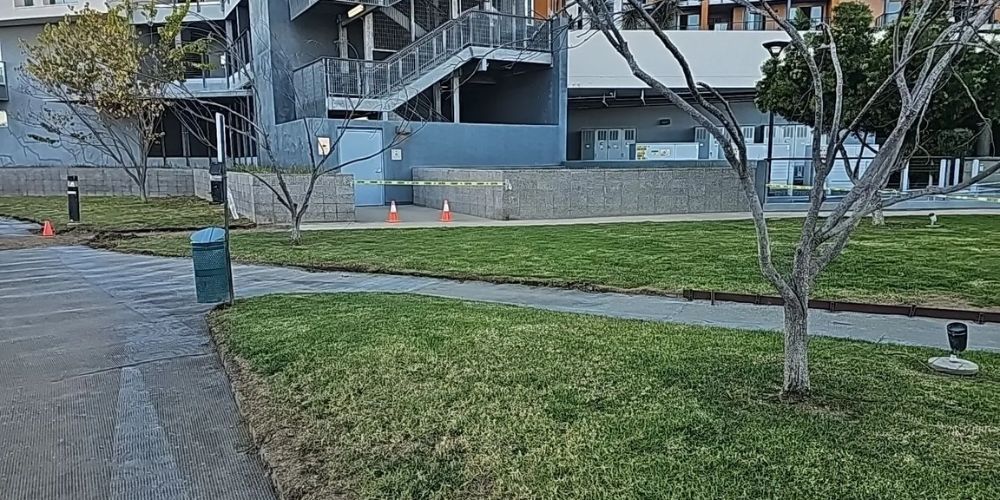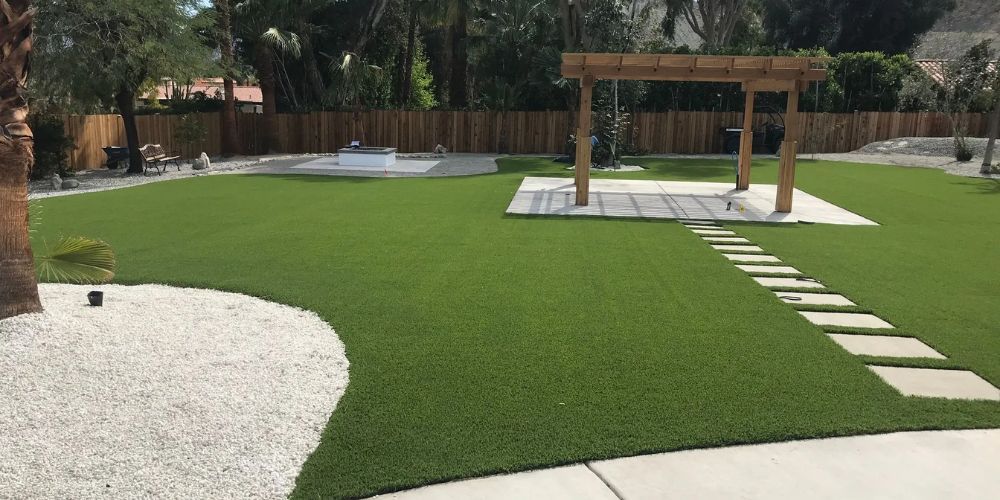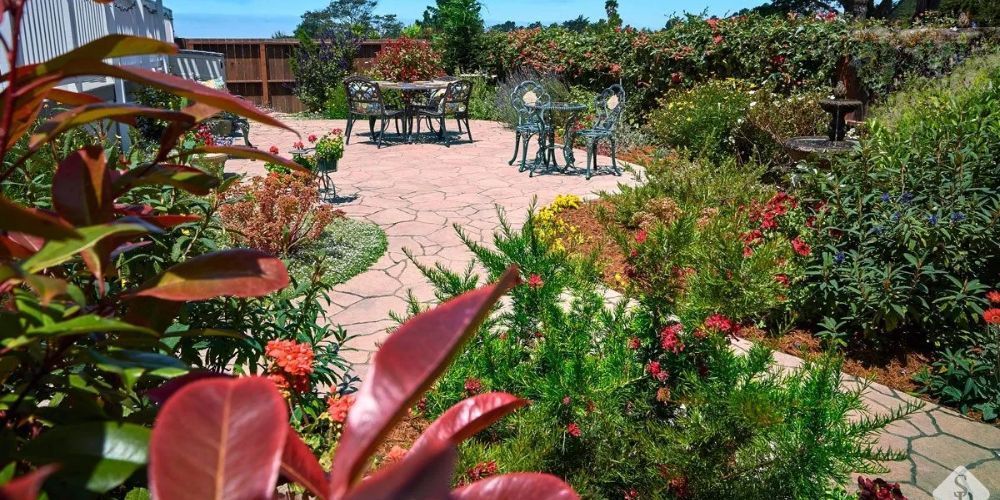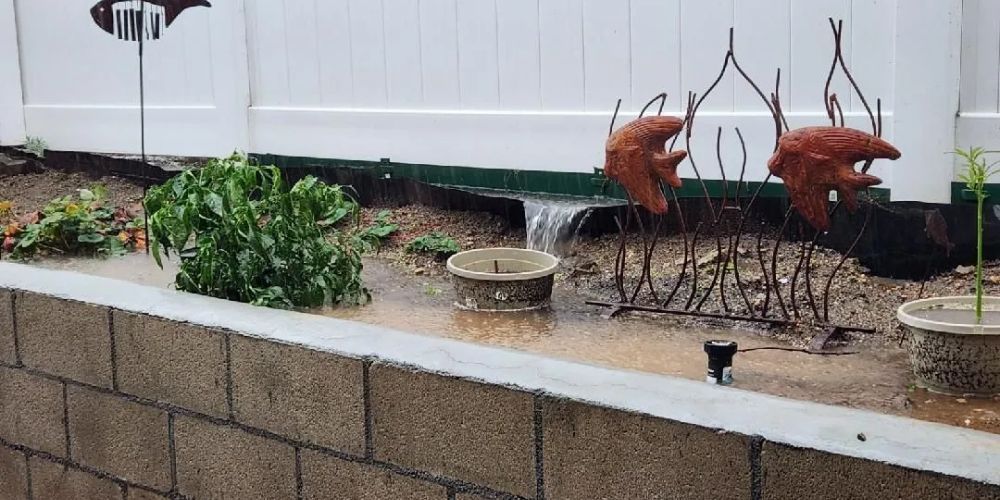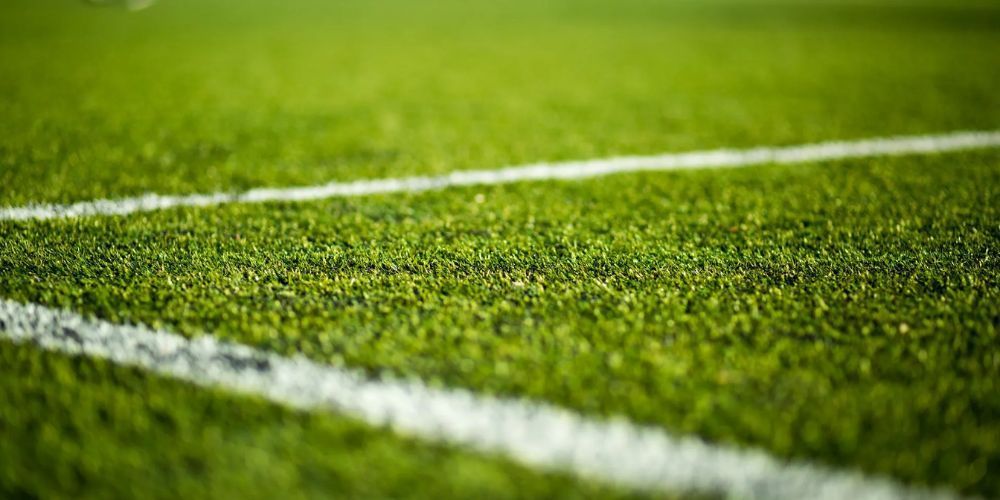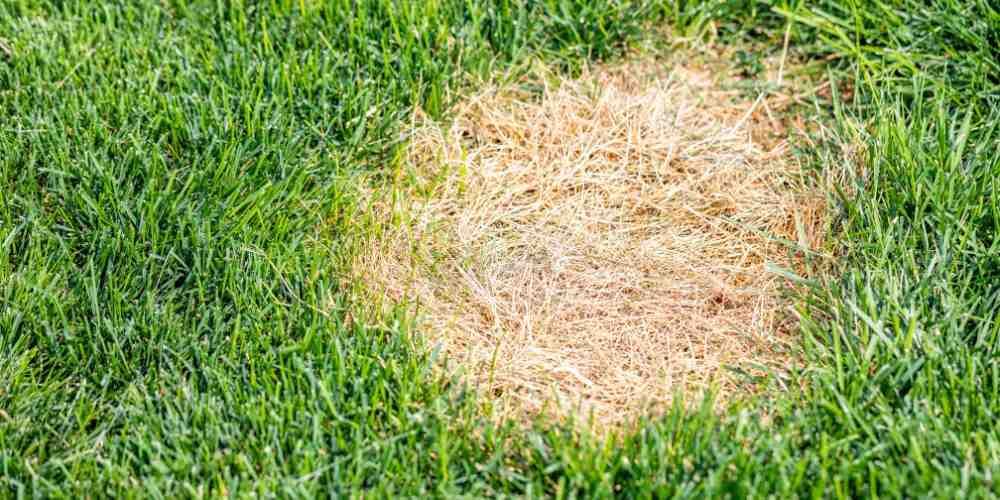Understanding Common Yard Drainage Issues and Solutions
Yard drainage problems can be frustrating and lead to a swampy lawn and water damage. Homeowners can also solve these issues by leveling the ground, extending downspouts, or creating rain gardens. Common reasons for drainage problems include poor soil mix, incorrect slopes, hard-packed earth, and clogged gutters.
Introduction
Drainage in the garden may be boring, but it is essential for maintaining a good and working outdoor area. If drainage is properly maintained, water can collect, the ground can wash away, and your house might get damaged, too.
In this detailed guide, we will look at the usual problems with water in the garden, why they happen, and some handy ways for landscape drainage repair to ensure your garden stays dry and your land is protected.
Yard Drainage Solutions You Can Do Yourself
Here are some backyard drainage solutions that you can implement on your own:
- Grading: Shaping the land helps to make water flow correctly. By creating a yard slope away from your house, you stop water from gathering close to the base of your home. For grading, you require a transit level, a superficial line level, and some stakes to indicate the slope.
- Downspout Extensions: Extensions for downspouts are simple and not costly for moving water far from your house's foundation. You can buy flexible ones that connect straight to your current downspouts or choose below-ground drain pipes if you want them hidden.
- Rain Gardens: Rain gardens work well and look good. You can create them with plants that soak up water, like local kinds of grass and flowers that bloom year after year.
Common Causes of Drainage Problems
These are some of the usual reasons behind issues related to drainage systems:
- Poor Soil Composition: The soil is essential for water drainage. Soils with a lot of clay don't let water pass through easily, so the water stays on top. But soils that are sub-surfaced let the water go through too fast.
- Improper Grading: When the ground is not sloped correctly, it often leads to problems with water drainage near building bases. If the land tilts towards your house rather than moving away from it.
- Clogged Gutters: Over time, leaves, small branches, and junk can collect inside the gutter and stop the water from moving. That causes the drain to clog, damaging the surrounding area due to water leakage.
Yard Drainage Solutions
These three are the standard yard drainage solutions that professionals can help you out with easily:
- Channel Drains: Channel drains, sometimes called trench drains, are long and thin drains put into concrete or paved areas to gather and move surface water to other locations that do not cause issues.
- Dry Wells: Underground chambers, known as dry wells, packed with gravel or stones, gather extra water and gradually let it seep into the nearby ground. They work very well when dealing with much water flowing from roof drain pipes, basement pumps, or sub-surface drainage systems.
- Permeable Pavers: Permeable pavers are a better environmental choice than regular pavement. These materials with holes let water go into the soil rather than collecting on top, reducing water flow and ground wear.
Finding Yard Drainage Pros
When homemade methods do not work well or when the problems with water drainage are complicated, it is better to ask for help from experts. Companies specializing in gardens or those who know much about water flow can check your issues properly and tell you what to do next.
When looking for someone to work on your backyard drainage, it is a good idea to ask for several price estimates, look into their past work by asking other customers they have worked with, and ensure they have the proper license and insurance.
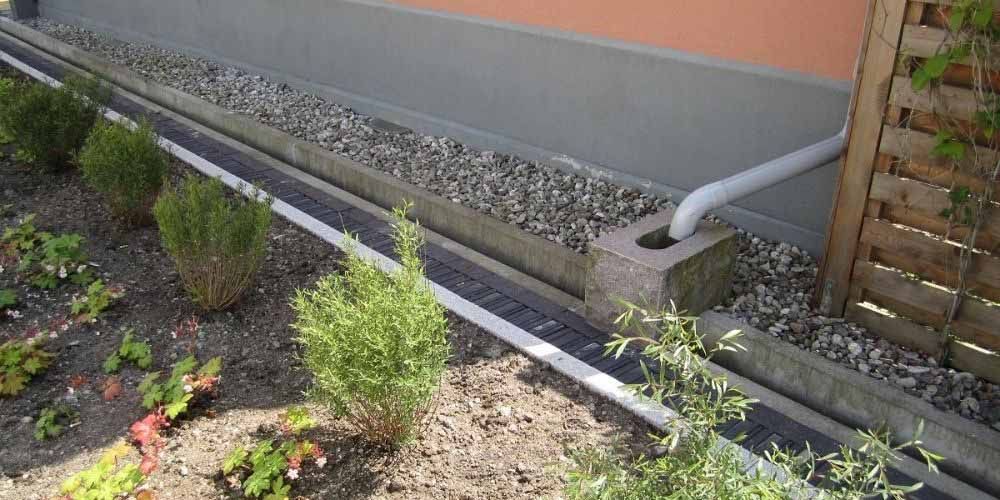
Conclusion
Good drainage in the garden is essential to keep your outdoor area and house healthy. If you know about typical problems with draining, you can stop water from causing harm to buildings.
You can also ask for help from specialists such as LandTech Scenery. Spending money on sound water flow systems will keep your garden dry and in good shape for many years.
